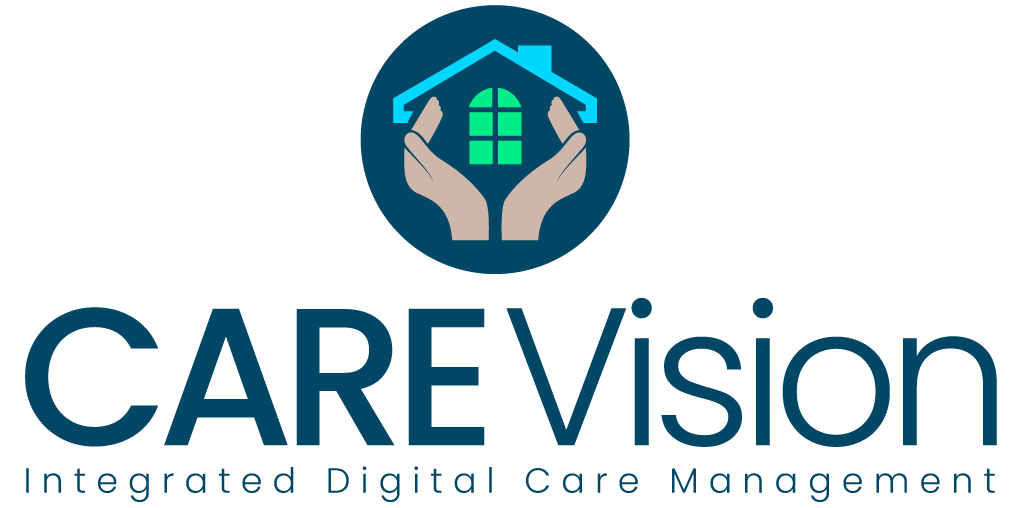The phrase ‘person-led care’ is becoming more and more common within care management circles. It has risen in prominence so much, in fact, that is it now one of the 13 fundamental standards of care that the CQC require care providers to meet and adhere to. Simply put, person-led care is exactly as its name suggests. It places the person being cared for at the centre of all requirements and decisions.
Person-led care goes beyond just delivering the basic care that someone needs and tailoring the approach to meet their wishes, values and views. It is about respecting that the person will have their own ideas about how they wish to be cared for, communicated with and generally looked after.
A large part of it is involving the person in key decisions and getting to know them as a person, rather than a patient. This helps them retain their dignity and as much autonomy as possible during what can be an extremely frightening, difficult time. It also supports people requiring care to live as fulfilled a life as possible, keeping up with friends, relationships, interests and aspirations as much as they can and wish to do so.
Person-led care values
There are four main aspects of person-led care that link to very important values and priorities. Already mentioned, is the need to treat people with dignity and respect. Involving people in making decisions and validating their opinion is so important, and treating them with compassion, empathy and respect is a basic expectation and human right. The right approach to care can help people recover more quickly, since stronger, more positive mental health and wellbeing directly supports the body in undergoing its own physical healing and repair.
Secondly, the treatment and support provided within person-led care must be consistent, cohesive and co-ordinated. This ensures that everyone knows what they are doing and why. There are no nasty surprises or miscommunications that could compromise recovery or support. Confidentiality can be maintained, as the right information is provided to the right people and not misplaced or leaked. A key way of ensuring this is to keep the person’s care plan up to date. A digital care management system is the ideal way to record all interactions, plans and reviews of a person’s care, therapies and medication regime.
Next, person-led care must be tailored to that person. A ‘one size fits all’ approach will not work for everyone by any means and could even be obstructive to positive, effective care. It could damage the person’s quality of life and affect their confidence, leading to a slower recovery or increase in physical problems. Personalising care can also help people stay independent for longer, as they can rely on having exactly the right support when and where they need it.
Finally, encouraging the person to realise that they still have agency and abilities to help themselves is a key part of this approach. This goes hand-in-hand with ensuring autonomy and respect. No-one knows what the person needing care can actually do for themselves – apart from themselves. Sometimes, they may need a little encouragement to take back tasks and look after themselves more independently. However, many people can be pleasantly surprised by how much they can actually still do with the right resources and support. This not only boosts the person’s confidence and helps them retain more autonomy, but it frees up the carer to go and support others needing more help.
Remember, however, that all of this requires a fine balance. If the person feels forced or coerced into making decisions they don’t want to, work to a different plan than expected or take on more than they feel able to, this can backfire and negatively affect their care progress. They key is constant communications between the person and their care team to make sure that everyone is on the same page and happy with how things are progressing. Always keep an open mind around how to manage person-led care and adopt a flexible approach so that the care plan can changes with the person’s wishes, requirements and aspirations. Use your care management software to keep track of care plans and requirements, record changes and updates and keep notes and records for future reviews and compliance.





